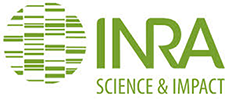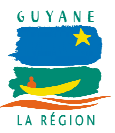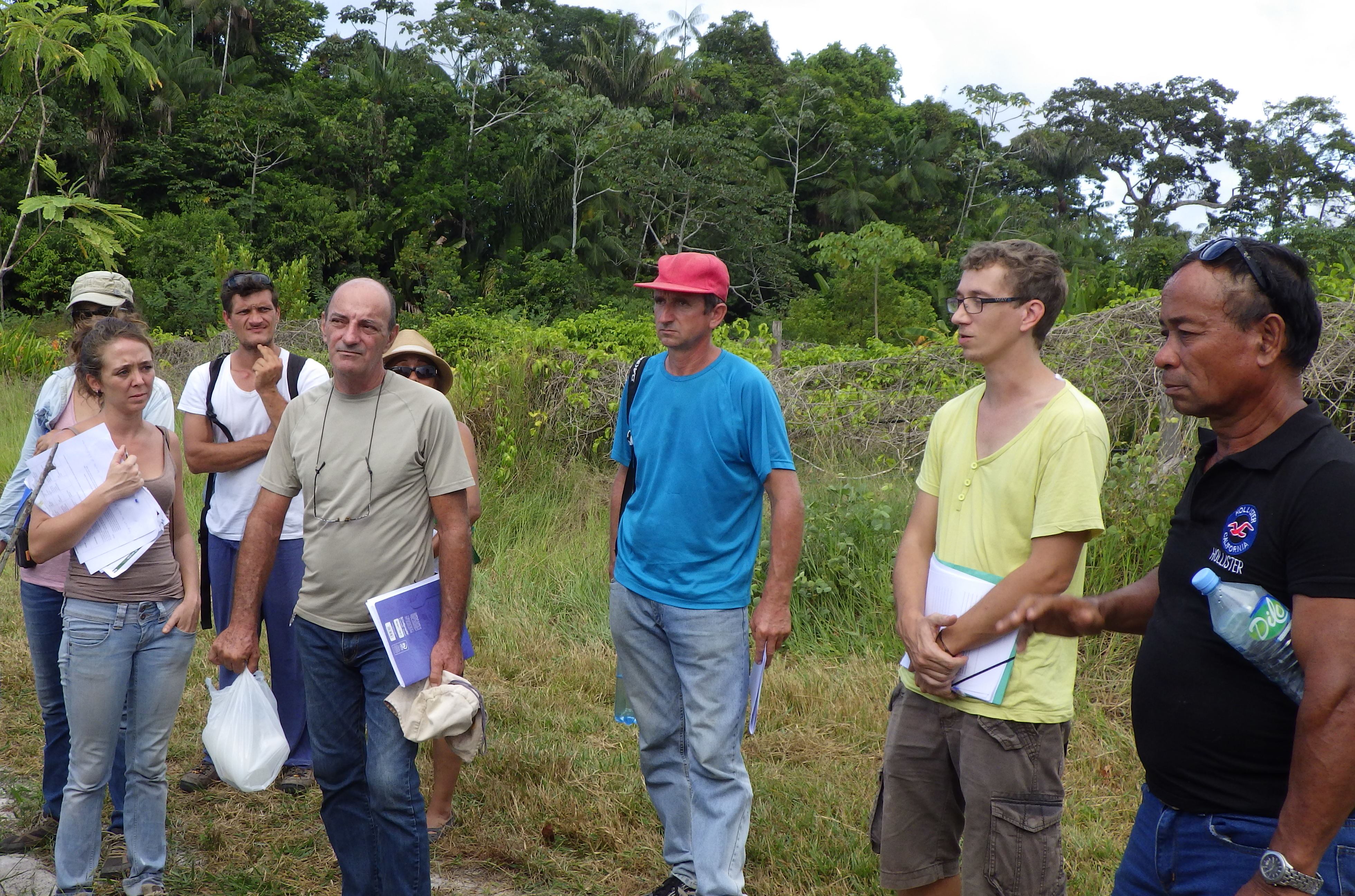
by Solicaz | Oct 12, 2015 | Agriculture/Agroforestry, News 2015
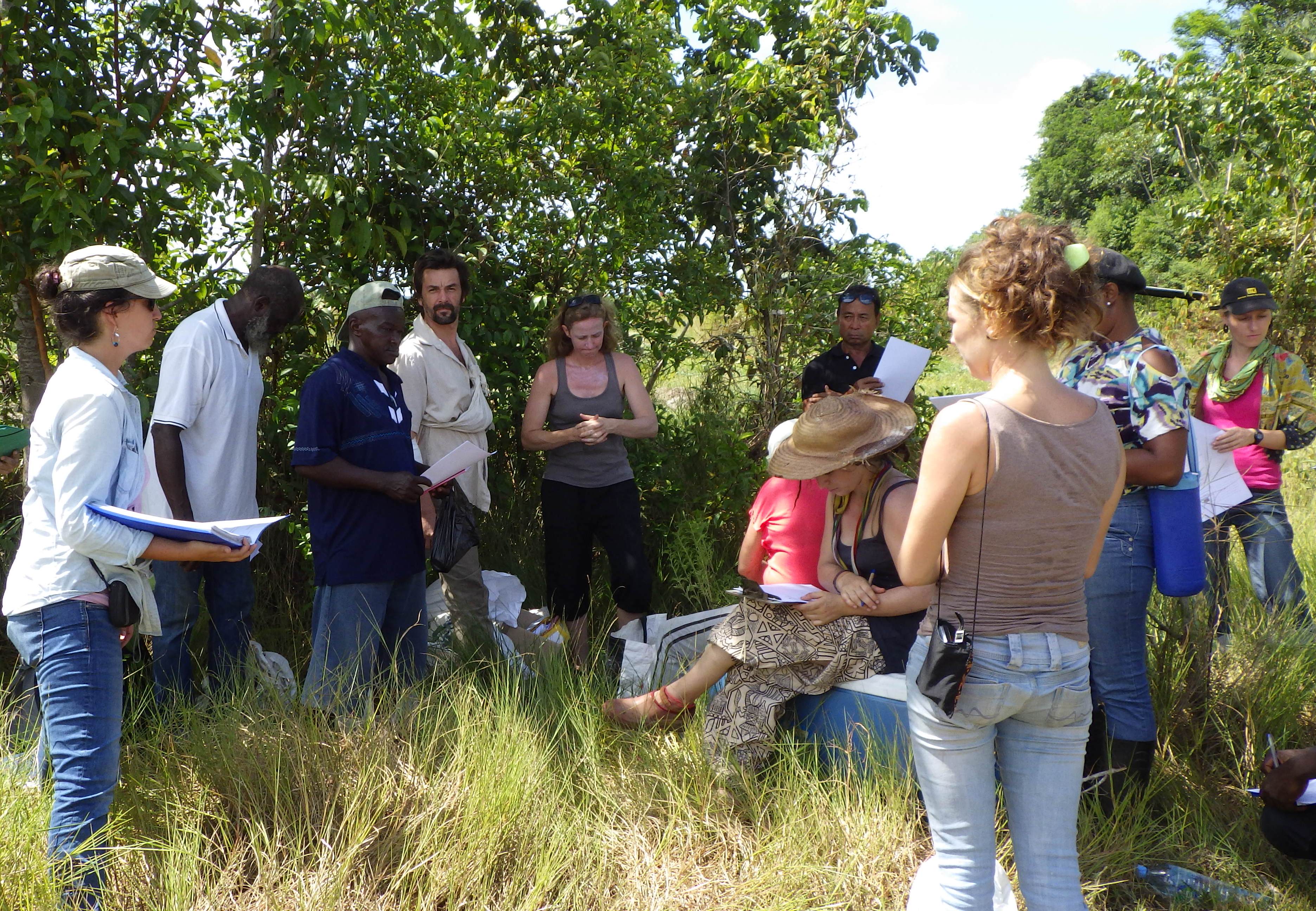
On the 9th of October 2015, at Matiti Agricultural High School, REAGI (The Trade Network in Intertropical Agro-Ecology) proposed a workshop on green manures and cover crops which brought together roughly twenty people from the agricultural world.
The subject was developed by L. DEMADE-PELLORCE from the InGaGen consultancy firm. InGaGen promoted the implementation of practices such as the use of green manures and cover crops while the students uncovered the IKARE plots at the high school, where some of the species may be found.
The plants employed are capable of providing agronomic services such as:
- soil protection by preventing runoff, erosion and improved water retention
- weed control by creating competition over light and available resources and control of pests
- improvement of physical and chemical properties (structure, soil stability, availability of nutrients) and fertility: increase of soil biological activity.
These plants can also be used for the production of biomass and fodder through:
- enhanced/ active fallow: i.e. the installation of inter-crop trees and/ or shrubs or use of herbaceous plants as a soil cover for protection and fertilization upon uncultivated land
- agro-forestry: the association of agricultural crops with perennial woody species with or without animals.
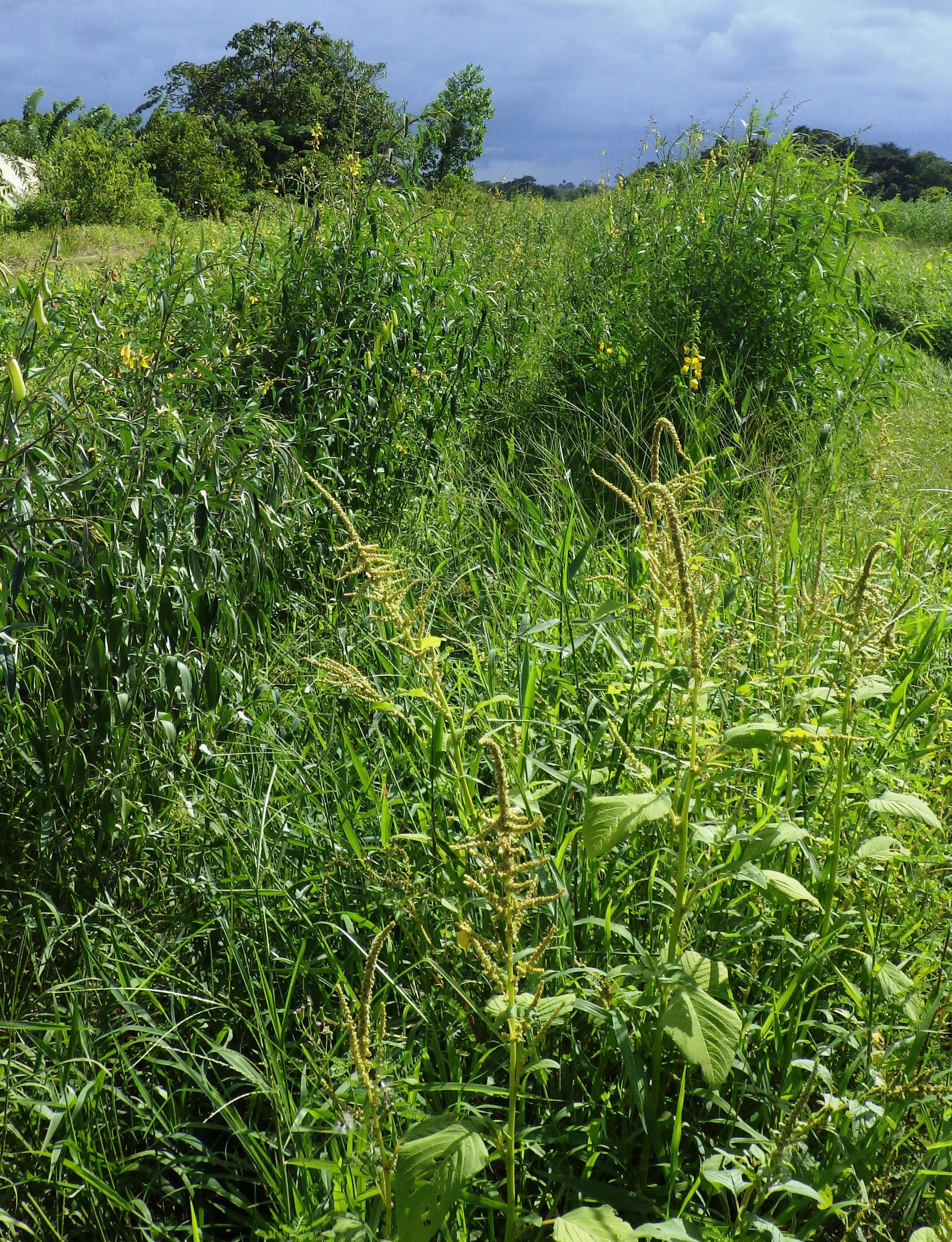
Species of interest, – available as seeds or graftings on the territory (such as Desmodium ovalifolium, Canavalia ensiformis, Alysicarpus vaginalis, Pintoin arachis, Bracharia ruzizienzis, Cajanus cajan, Crotalaria spectabilis, Crotalaria junceal and Calopogonium mucunoides), – were presented but during the establishment of an intercrop plant or of associated plants, the choice of the species is done primarily according to the objectives and constraints of the farmer. Then, the choice will depend upon the period of growth, the implementation strategy and whichever style of maintenance needs to be adapted.
Synthesis of local data on the main species (link in french)
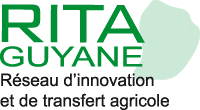
by Solicaz | Nov 4, 2013 | Agriculture/Agroforestry, News 2013
Project funded by: CIOM, EAFRD and The Regional Council of French Guiana (Le conseil Régional de la Guyane)
Partners: CIRAD, Solicaz
The GUYAFER program was created under the RITA French Guiana framework. It aims to promote and support the transition to organic farming (biological or not) to ensure the sustainability of soil resources and systems of production.
The experience accumulated in other tropical countries shows that the sustainability of agriculture under these conditions is highly dependent on the recovery of certain ecosystem functions present in the original soil-plant-climate system. Among these ecosystem functions, those whose relevance and adaptability can be better ensured for the socio-economic conditions of French Guiana are mainly related to the entry and preservation of nutrients and to organic restoration. In this sense, the practices the project will target are:
• Introduction of legumes (herbaceous and woody), in order to recover the natural entry of nitrogen into the system (symbiotic fixation) and its provision for cultivated plants (including transference, green manure, recycling after pruning or grafting);
• Organic amendments (composts, terra preta or biochar, BRF), partly to ensure the supply of nutrients with a progressive and less leachable source of decomposition and, secondly, to improve the physical-chemical properties of soils.
These practices will be developed within current agricultural systems (e.g. market gardening, orchards, giblets, etc.) and/or in systems to be promoted gradually (e.g. agroforestry). These agroforesty systems would be intended in the medium term to “mimic” the original system of nature and would thus be able to recover a greater number of functions in comparison to other systems.
This broader aim is divided into three specific objectives:
1- To carry out a diagnosis of the potentials and the constraints of the main agricultural soils of French Guiana, – in particular their chemical, physical and biological properties.
2- Improve soil fertility through practices adapted to the pedoclimatic, socio-economic and agronomic conditions of each region and / or sector.
3- Integrate all these practices in the context of improvement.
View the report

